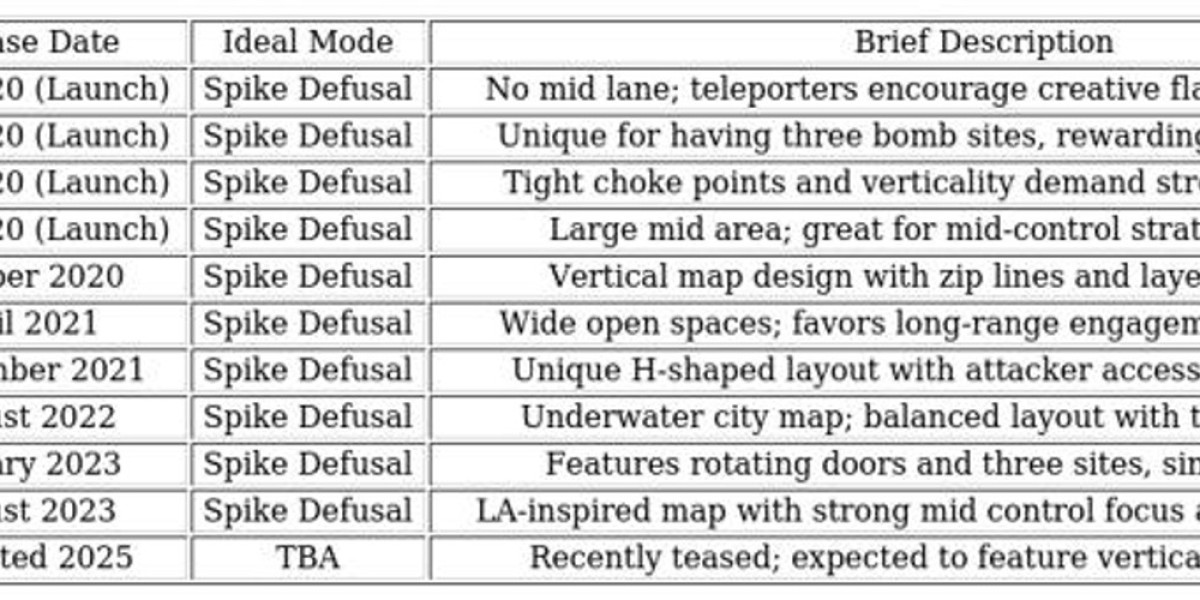The Robotic Process Automation (RPA) Industry is revolutionizing the way organizations operate, offering innovative solutions that streamline repetitive tasks and enhance operational efficiency. As businesses increasingly embrace digital transformation, the adoption of automation software and AI workflow tools is accelerating across various sectors. RPA empowers enterprises to deploy digital workers capable of handling mundane, rule-based processes, thereby freeing human employees for more strategic tasks.
Key Drivers of Growth in the Robotic Process Automation (RPA) Market
The growth of the RPA market is driven by several factors. Businesses are seeking to improve productivity, reduce errors, and enhance compliance through business process automation. The integration of advanced AI workflow tools with robotic software allows companies to optimize operations while maintaining agility. Moreover, the rising demand for digital workers across industries like banking, healthcare, and retail is fueling the adoption of RPA solutions.
Technological Advancements and Market Trends
Technological innovation is a major contributor to RPA adoption. Cloud-based solutions, cognitive automation, and AI-driven analytics are transforming the industry landscape. Companies are increasingly leveraging automation software to integrate seamlessly with existing enterprise systems, reducing operational bottlenecks. The rise of connected devices and smart technologies, including the US Smart Mirrors Market, is also creating new opportunities for RPA implementation, particularly in customer service and retail sectors. Similarly, advancements in the Acoustic Camera Market complement automation initiatives by enabling precise monitoring and analytics in industrial environments.
Challenges and Opportunities
Despite the promising growth, the RPA industry faces challenges such as high implementation costs and the need for skilled professionals to manage AI workflow tools. However, companies that invest in training and strategic integration of robotic software can significantly enhance their ROI. The increasing focus on process efficiency and digital transformation ensures that RPA will remain a key enabler for businesses looking to stay competitive in a rapidly evolving market.
Future Outlook
The future of the Robotic Process Automation (RPA) Industry looks promising, with trends pointing toward hyper-automation and intelligent process automation. As AI capabilities expand, digital workers will become more sophisticated, capable of handling complex tasks that were traditionally human-centric. Businesses adopting these technologies will benefit from improved efficiency, reduced operational costs, and a competitive edge in the global market.
FAQs
Q1: What is Robotic Process Automation (RPA)?
RPA is the use of software robots or digital workers to automate repetitive, rule-based tasks, enhancing efficiency and reducing errors in business operations.
Q2: How does RPA integrate with AI workflow tools?
RPA platforms can incorporate AI-based analytics and decision-making capabilities, enabling automation of complex processes and smarter digital workflows.
Q3: Which industries benefit the most from RPA adoption?
Sectors such as banking, healthcare, insurance, retail, and manufacturing benefit significantly due to improved operational efficiency and reduced manual workload.







